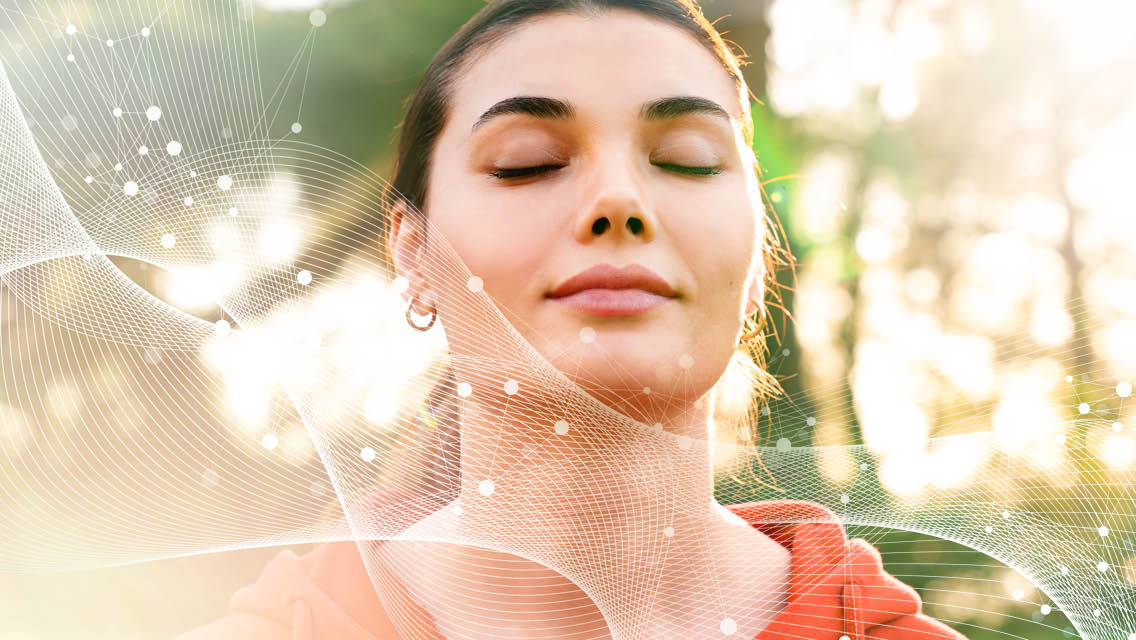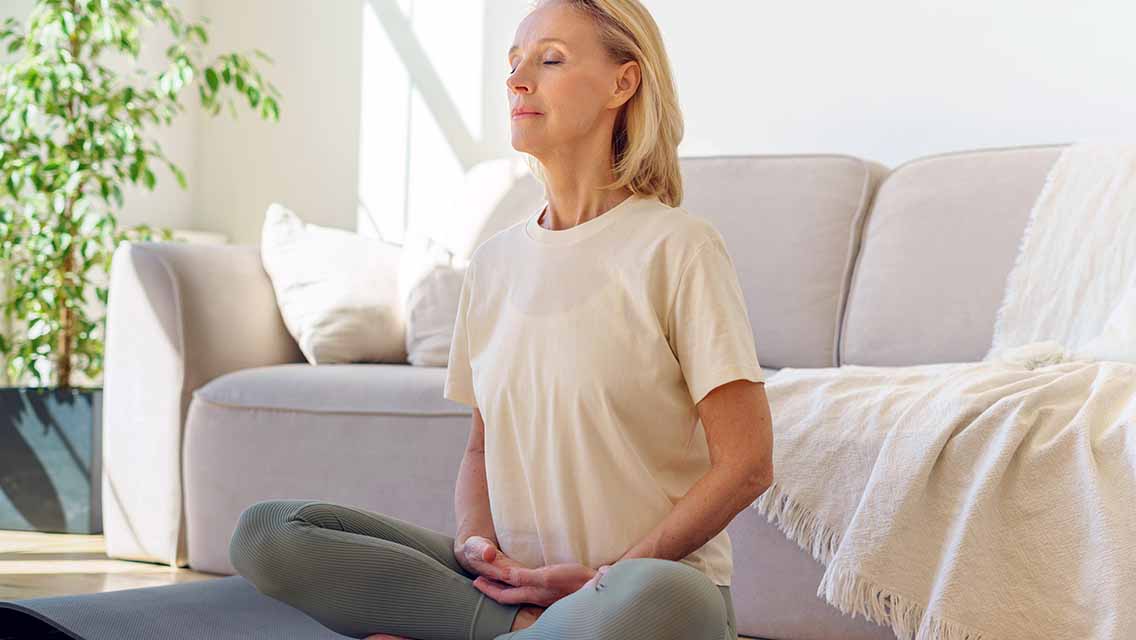Stress
LATEST STORIES
How to Calm an Activated Nervous System
Learn the reasons your nervous system can become dysregulated and what you can do to bring it back into balance.
What Supplements Can Support Stress Relief?
Learn about how chronic stress alters our nutrient needs, how nutritional strategies can counteract common stress effects, and the supplement options that can provide valuable support to stressed bodies.
Simple Solutions for Acute Stress
Reset a triggered nervous system with these natural interventions.
Aging With Brain Power: How to Boost Your Mental Acuity and Cognition (Performance & Longevity Series)
Explore the key factors that affect cognitive health, and learn strategies for protecting your brain and optimizing mental acuity.
Stress and Resiliency: Understanding Cortisol (Performance & Longevity Series)
Learn about how cortisol works within the body, signs it may be out of balance, and strategies for managing stress and creating a more resilient body.
Becoming Heart Smart (Performance & Longevity Series)
Learn the hidden causes of heart disease, how it progresses, and how to prevent, and potentially reverse it, so you can own your cardiovascular health and be “heart smart.”
Learning How to Manage Gestational Hypertension — Naturally
How healthcare researcher Michelle Emebo learned to manage gestational hypertension with quality nutrition and exercise.
Finding My Peace
Experience Life’s editor-in-chief shares her goal of carving out time to develop a more consistent meditation practice.
22 Ways to Lighten Your Mood
Dishes are piling up, bills are overdue, and the phone’s pinging — we’ve all felt the weight of everyday overwhelm. Try these small, intentional actions to improve your mental well-being.
Move Your Body Through Grief
Learn how physical movement can be used as a tool to help transform your grief.
Can the Arrival of Spring Cause Seasonal Affective Disorder?
It turns out seasonal affective disorder is not just a winter affliction. Try these strategies to lessen spring anxiety.
10 Practices to Get Out Of Your Head and Into the Present
We often lose touch with our bodies, whether because of daily stressors or more deep-seated trauma. These 10 embodiment practices can help us reconnect with our physical selves, calm our nervous systems, and release stress.
8 Ways to Activate the Vagus Nerve — and Relieve Anxiety
The following techniques all safely stimulate the vagus nerve, but people with severe asthma, sleep apnea, or heart conditions should use caution with any electrical forms of VNS.
A Place Between
Experience Life’s editor in chief on how to slow down and just be when life feels hectic.
How to Reset Your Vagus Nerve — and Find Calm
Stimulating the vagus nerve can relieve stress and anxiety, as well as depression, physical pain, inflammation, digestive distress, insomnia, and more. Discover tools and strategies that make relief accessible to anyone.
5 Strategies to Try When You’ve Been Triggered
If you’ve been triggered, don’t panic. There are still some things you can do in the moment to help soothe your body and bring yourself back into the present.
How to Do Resonant Breathing
Resonant breathing — also known as coherent breathing — is a simple breathing technique that may help regulate your nervous system. Here’s how to do it.
How to Do Alternate-Nostril Breathing
Learn how to do Nadi Shodhana, a traditional breathing technique that has been practiced for centuries.
How to Manage a Trigger Response
You don’t have to be hijacked by strong reactions. Learn how to manage them — and how to recover your cool when you’ve already lost it.
What Is Social Rest?
Do you feel alone or worn down by certain people? Discover the signs that you need more social rest and with whom to find it.



















